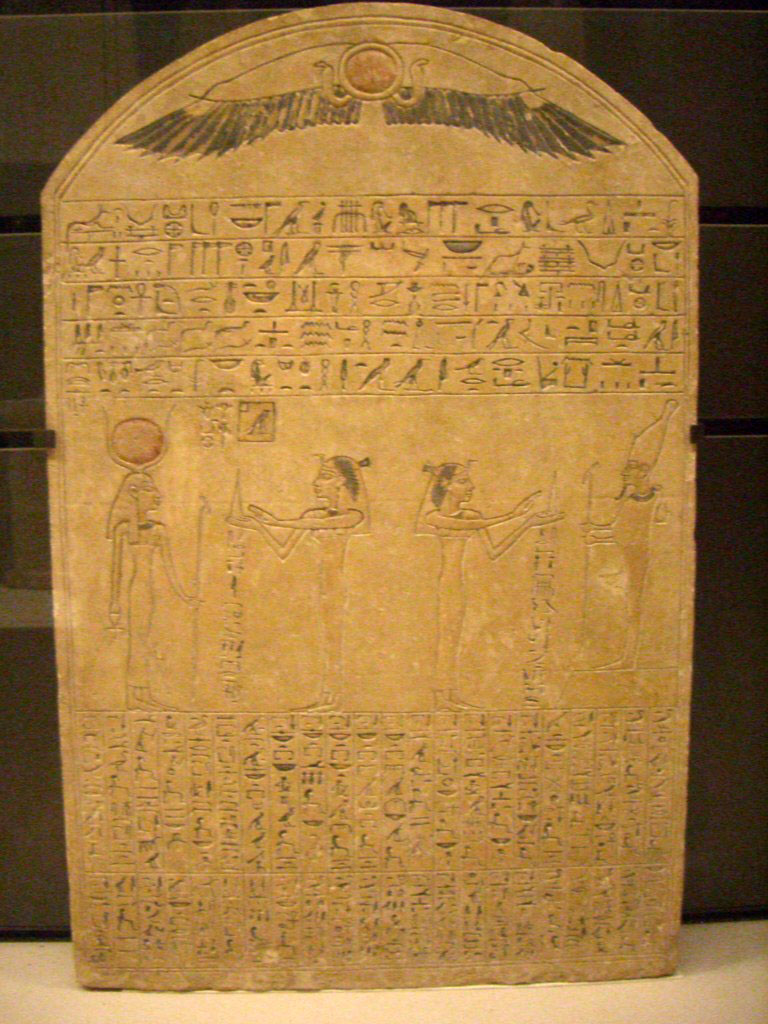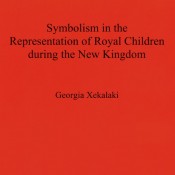When did a Pharaoh’s wife first appear as The One out of many royal wives through a proper title?
Monogamy was the rule for gods and commoners in ancient Egypt, but not for Pharaohs! From the beginning of Egyptian history, the kings had many wives, which were recorded through a specific title: King’s Wife. Since the title was shared by many women at the same time in each Pharaoh’s reign, pinpointing a single one as ‘the Queen’, is difficult, although the use of additional titles (e.g. ‘King’s Beloved Wife’) and iconography (e.g. the Pharaoh coupled with a woman bearing royal insignia) suggest that these women embodied various ritual roles alongside the king. In some cases, we may see a “principal wife” who is depicted multiple times in a prominent position, despite lacking the titular necessary to demonstrate such a prominence. The Pharaohs’ mothers also bore a title (King’s Mother) which hinted at a specific cultic role as the female part in the union that produced the king. Still, mothers do not embody the female within the royal couple. So, who was ancient Egypt’s first queen?
Indeed, at some point in history, a single Royal Wife emerges as more important than the others through a specific title: Great King’s Wife. The title is first documented in the stele of Nubkaes, wife of an unnamed Pharaoh, which dates to the 13th Dynasty (19th – first half of the 18th century BC). Little is known about Nubkaes. She was probably coming from a family of officials and possibly married a fellow official who later became a Pharaoh under circumstances lost in time. In any case, the 13th Dynasty is an obscure period of c. 150 years, during which the exact number and mode of succession of Egypt’s rulers elude us and which precedes the so-called 2nd Intermediate Period, when different pharaohs ruled different parts of Egypt.
In historical terms, the stele shows that during some of Egypt’s most iconic periods, there were no distinctive “Queens”, let alone a distinctive Egyptian “royal couple”. No female figure of the Old Kingdom or the heyday of the Middle Kingdom (11th and 12th Dynasty) was typically unique to a king’s side, despite the prominence of some. One might think that although there were very powerful women during periods of political stability, the need to proclaim a “Queen” through a specific titulary reserved for one woman arose during a period of decline that gradually led to dynamic changes.
The paradox is that before Nubkaes there were already two women who ruled not as Queens but as Pharaohs! These were the enigmatic Nitocris (Old Kingdom, 6th Dynasty) and the better-documented Neferusobek or Sebeknofru (Middle Kingdom, 12th Dynasty), the first woman with full pharaonic titles. Both succeeded their brothers and were the last Pharaohs of their dynasty. In terms of iconography, we know that Sebeknofru was presented as a female figure with a pharaonic crown. However, the way she incorporated her status as female within the Pharaoh’s ritualistic role as the male in a heterosexual bond, is unknown, as her monuments are few and fragmentary. It would be worth exploring a. the possibility that atypical candidates for the role of Pharaoh manipulated it to fit in, and b. whether such manipulations triggered changes that requested the “invention” of the role of a principal queen in later years.
What led the unknown Pharaoh of the 13th Dynasty to award a wife the title of a principal queen for the first time? Did this development have anything to do with the fact that, at that time, Egypt had already seen a female Pharaoh not once but twice? Was Nubkaes particularly ambitious, yet influential, in her time, and did she achieve a new way to consolidate her position? Due to limited historical information, an answer is difficult. What can be assumed is that the breakdown of normality leads to dynamic experimentations that change a system.




